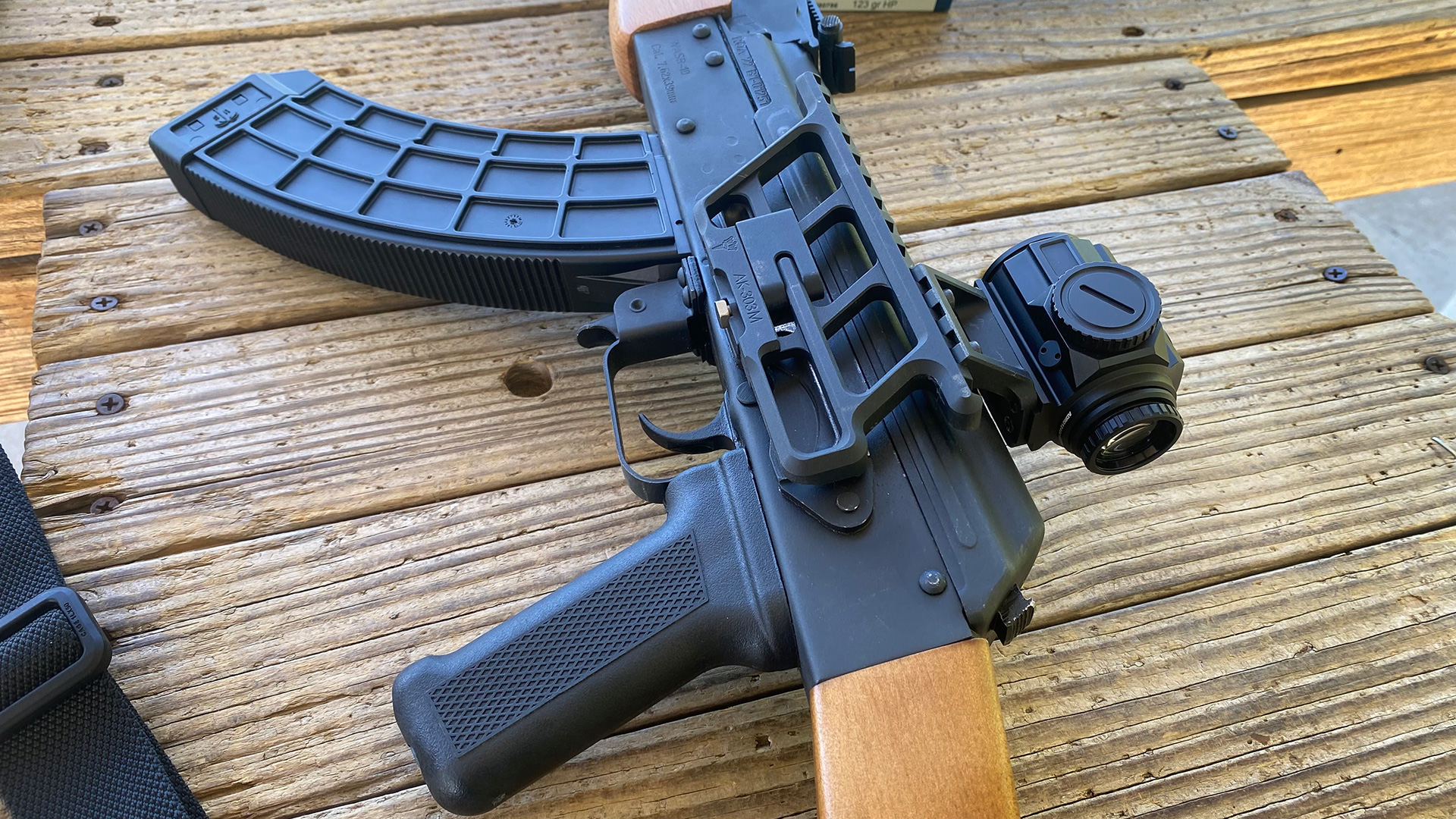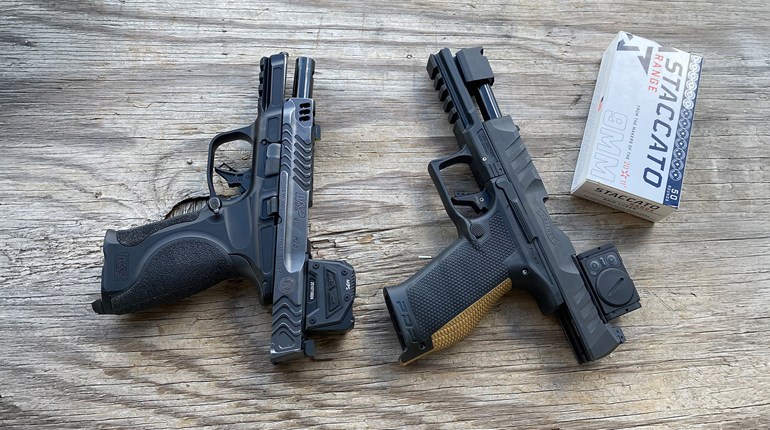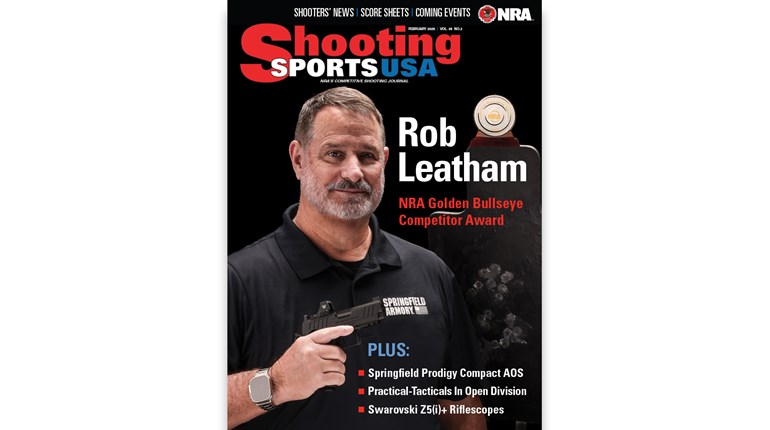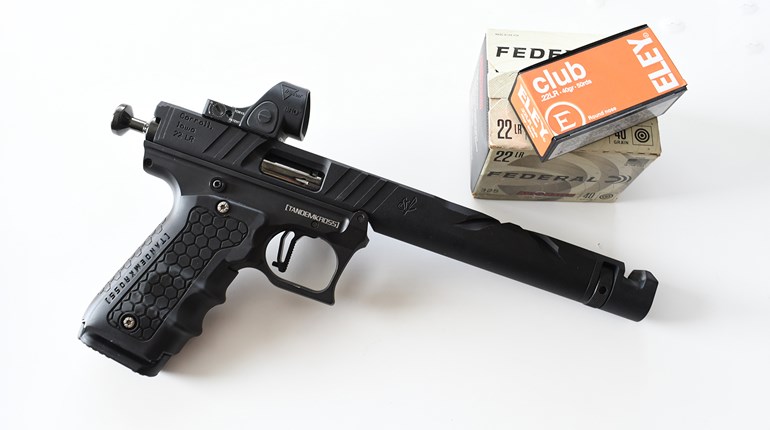
The WASR-10 is a semi-automatic AK-47 variant manufactured at the Cugir Arsenal in Romania and imported to the US by Century Arms. Amidst the AK variants seen around the world over the second half of the 20th century, the WASR-10 is arguably now a classic in its own right, especially on the civilian-commercial side. WASR-10s have been both the benchmark and a fixture for a no-frills, but dependable 7.62x39mm AKM-pattern rifle in the United States rifle market since the mid 1990s.
Cugir Arsenal, The WASR and AKs in America
The Cugir Arsenal traces its roots back to 1799 and the Austro-Hungarian empire and a little over a century later, it evolved into a modern operation with a major expansion in 1926. At the height of the Cold War, Cugir manufactured a suite of Combloc firearms, including the famous PSL-54 DMR rifle and most importantly, the Romanian PM md. 63, a license built copy of the Soviet AKM. The WASR-10 itself is directly based on the PM md. 63, and the name is an acronym coming from Wassenaar Arrangement, a multilateral arms export control accord based near The Hague in the Netherlands during 1996.
 The Wassenaar Arrangement Semi-automatic Rifle (WASR) is a genuine factory built semi-automatic AK. On its face, this doesn’t sound like anything special, but due to the way American federal import regulations work, acquiring factory built AKs isn’t straightforward in the same way as buying a Bergara rifle from Spain or a Beretta shotgun from Italy is. Historically, most AK-47-pattern rifles sold in America are re-assembled from new or original parts before being sold and the build quality can vary. In the AK world, parts, receivers or rifles made directly in the original European arsenals that built genuine military-grade AK rifles during the Cold War have always been considered more desirable. These include places like the aforementioned Cugir in Romania, Izhevsk in Russia, Kazanlak (Circle 10) in Bulgaria, Radom in Poland and others.
The Wassenaar Arrangement Semi-automatic Rifle (WASR) is a genuine factory built semi-automatic AK. On its face, this doesn’t sound like anything special, but due to the way American federal import regulations work, acquiring factory built AKs isn’t straightforward in the same way as buying a Bergara rifle from Spain or a Beretta shotgun from Italy is. Historically, most AK-47-pattern rifles sold in America are re-assembled from new or original parts before being sold and the build quality can vary. In the AK world, parts, receivers or rifles made directly in the original European arsenals that built genuine military-grade AK rifles during the Cold War have always been considered more desirable. These include places like the aforementioned Cugir in Romania, Izhevsk in Russia, Kazanlak (Circle 10) in Bulgaria, Radom in Poland and others.
WASR-10 Overview
AK-pattern firearms work via a gas-actuated long-stroke piston action with a rotating bolt designed by the famous Soviet firearms designer Mikhail Kalashnikov. Arguably, the WASR-10’s central feature is its Romanian-made 16.25 inch long, chrome-lined and cold-hammer-forged barrel made to original AKM specifications. The rest of the rifle’s features follow the same AKM-pattern: 14x1mm left-hand threaded muzzle, standard front sight tower, 45-degree gas block and gas tube. The WASR-10 reviewed here has hardwood furniture, and looking at the grain structure it looks like oak and beech. The stamped steel receiver itself is typical, except unlike most other stamped receivers, the WASR-10 lacks the signature dimples found on either side right above the magazine cut-out. These dimples are typically pressed into the metal to reinforce the receiver over the magazine area, but the WASR-10 instead has internally welded metal brackets that buttress the same area. Besides dimples, the WASR-10 also omits the under-barrel cleaning rod as a cost-saving measure.
Another feature found on the WASR-10 is its factory-installed side-mount for optics. There are many ways to mount modern optics on AK/AKM pattern firearms, but the most robust and secure still remains this side mount. While a flattop upper receiver is to be expected on any modern AR-15 regardless of its price-point, Kalashnikov rifles are both a product of communism and mid-century modern relics from a time when iron-sights were the only optics concern. The design isn’t as easy to modify for a solid upper plane, so having this mount in place means that the WASR-10 is de-facto optics-ready and is a real game-changer for a semi-automatic rifle patterned after firearms from the early 1960s. With the side rail, all one has to do is add a mounting system from a company like RS Regulate and then pick a red-dot, prismatic, LPVO or any other suitable optic.
Fit and finish is typical of an AK. To the uninitiated, handling an AK will feel coarse and uncouth, or maybe “rustic,” but others might call this its own charm. AKs are typically finished with a surface treatment and then painted over, and the paint on the metal surfaces of the WASR-10 very easily picks up dings and character marks, not unlike how leather goods get their one-of-a-kind weathered character with use. It’s a special charm of its own. My review rifle was brand new out of the box, so metal-on-metal surfaces have some wearing-in and mating to do, but it’s nothing that would impede actual function.
The surfaces of the magazine cut-out and magazine catch on the WASR really benefit from additional wear, because some magazines will feel too tight or too snug when being rocked in. This is due to the previously alluded byzantine American import restrictions, because all WASR-10 rifles in Romania are originally built with a narrower cut-out for a single-stack magazine in order to be imported to the country. Prior to being sold, Century Arms opens up and widens these slots to standard AK-magazine specifications. They also ship these rifles with an American-made US Palm polymer AK magazine (which also counts towards 18-USC-922r parts compliance). The US Palm magazine fits just fine and so do my Eastern European or Chinese steel magazines, but both my Magpul MOE-AK and Circle-10 “Bulgarian Waffle” mags were a little more than snug when trying to rock and lock in. I suspect more use and reload practice will help in this department. These days, WASR-10s include Century Arms’s RAK-1 triggers, which are similar to the old Tapco G2 units and provide a clean single-stage break.
Shooting The WASR-10

I put 220 rounds of 7.62x39mm between three different types of factory cartridges through the WASR for this review. These rounds consisted of both slow-fire accuracy for groups and chronograph data in addition to close-range shooting to get a feel for the rifle. AK barrels are relatively thin and have a tendency to heat fairly quickly. This was certainly the case when I fired two 30-round mags at targets between 15 to 25 yards. Experienced AK shooters typically wear gloves for protection from burns. Whether slow-fire or rapid fire, the WASR-10 had no problems cycling any ammunition whatsoever. It cycled cartridges from both the included US Palm magazine and the different Magpul 20 and 30 round magazines I brought; ejection was vigorous as it should be on a properly functioning Kalashnikov. My ammunition selection included Hornady’s American Gunner 123-grain HP Match cartridges, Sellier & Bellot 123-grain soft-points and some steel-cased 123-grain Wolf cartridges from a time when it was easier to source.
I have found that when compared to the typical AR-15, standard AK-pattern rifles such as the WASR-10 feel jumpy when shooting in rapid succession. Additional time to recover the sight picture is needed between shoots and though practice and technique can help, it’s also the reality of shooting a standard AK. Standard AK sights are typical of most firearms from the WW2 era, and while not precision instruments, they can be capable of decent accuracy. Frankly the specific sighting system employed will be the limiting factor. In the case of 1x Gideon Optics Advocate Prismatic sight, it uses a 12-MOA triangle reticle that favors CQB shooting. Shooting smaller targets at distance will require much more finesse.
The Takeaway
The WASR-10 is one of the more authentic, classically styled civilian-legal AKM variants available for sale in the United States. This is due to its direct connection to the Romanian PM md. 63 and the Soviet AKM itself. There’s certainly something to be said about being able to buy an AK-47-pattern rifle made in an “original” arsenal like Cugir, but also that’s still easy to find across most gun shops in the US in 2024. Times are changing and the world of AKs isn’t as carefree and affordable as it once was. These days, 7.62x39mm ammo is still widely available but is now as expensive as 5.56 NATO ammo. The cost of a WASR or other AKs also is more expensive than 20 or even 10 years ago. Whether the WASR-10 makes for an ideal defensive carbine will depend on the individual and his or her needs. But objectively speaking, the WASR-10 is built on one of the most proven firearms mechanisms the world has seen, is also chambered for a proven intermediate cartridge, and still enjoys a robust parts-and-accessories aftermarket–so it can certainly work. On the flip side, because it’s patterned on firearms dating back to 1959 (AKM) and 1963 (PM md. 63), the WASR-10 is now a true retro-rifle and can be fun to have for those reasons as well.
WASR-10 Specifications:
- Country Of Origin: Romania
- Make: Century Arms, Romarm/Cugir Arsenal
- Model: WASR-10
- Caliber: 7.62x39mm
- Action: Long-stroke piston, semi-automatic
- Barrel Length: 16.25 inches
- Barrel Twist: Right hand, 1:9.45 inches
- Muzzle Device: AKM slant brake
- Length: 34.25 inches
- Weight: 7.5 pounds unloaded
- Sights: Adjustable post and notch
- Optics Ready: AK side-rail
- Finish: Paint over Parkerizing
- Magazines Included: Ships with one 30 round US Palm 7.62x39mm magazine
- Retail Price: $1,070
100-Yard Accuracy Report:
|
Ammo: 7.62x39mm |
Velocity (fps) |
Smallest Group |
Average Group |
Maximum Group (inches) |
|
Hornady American Gunner 123-grain Match JHP |
2,319 |
1 |
1.25 |
2 |
|
Sellier & Bellot 123-grain SP |
2,327 |
1.3 |
2.58 |
3.5 |
|
Wolf 123-grain FMJs |
2,419 |
1.75 |
2.19 |
3.25 |
Muzzle velocities taken with a Labradar chronograph at the muzzle. Temperature was 63 degrees Fahrenheit.




































